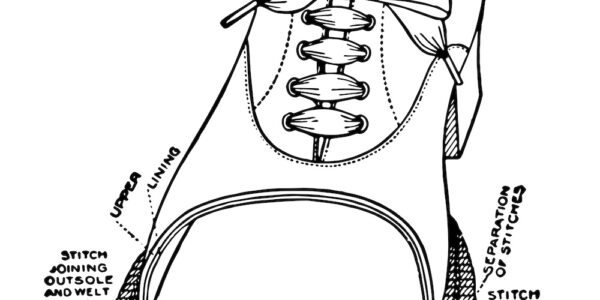Hellen Obiri of Kenya will race at the Paris Olympics wearing a pair of shoes manufactured in a completely new way. The Cloudboom Strike LS from On is not created from pieces cut from patterns and sewn together, as is usual with shoes. Instead, the uppers are made of a translucent filament sprayed onto the soles in a step that take just three minutes.
Obiri’s experience
Obiri had qualms about the shoe initially. It didn’t seem possible that she could run in something so lightweight, plastic, and unusual. Then she won the Boston Marathon in them.
The shoes weigh just 6 ounces — the lightest ever. The sole is created in a mold and the upper comforts to the wearer’s foot. It’s supportive, according to the Running Channel’s reviewers, but it has no laces or heel cap. It’s an energy-returning shoe. Together with the light weight, this quality makes it perfect for serious runners.
The makers envision a future in which a perfect shoe for the weather and track conditions at a given race can be produced in minutes, work, and then recycled.
Manufacturing
Production requires a robotic arm, one human worker, and just five to seven parts. The color comes from an ink jet. The material is a mile-long thermoplastic filament. The robotic arm holds the sole yup to a sprayer. The arm rotates and the sprayer extrudes the filament. The machine can adjust the thickness of the construction by changing the distance and angle, so the shoe can be fine-tuned to perform perfectly. Once the shoe is complete, the robot passes it on to another robot, which holds the shoe to receive color from an inkjet. The result is a very fast shoe with very little waste.
The supply chain is much shorter than those of conventional shoes; the makers don’t even outsource production, but make the shoes in their hometown. Instead of as many as 100 parts, the shoes are made from just a handful. The upper is a single piece, bonded to the sole as it is created.
The carbon footprint and emissions are 75% lower than conventional shoe production, too. On makes a convincing case that their process is a completely new and potentially game-changing approach to shoe manufacturing.
3-d printed shoes
On’s amazing product is not the first 3-d printed shoes, or even the first one on the market. There are 3-d printed golf shoes, climbing shoes, running shoes, and more. Many of them are currently on the market.
The first 3-d printed shoes were artworks, but now even major shoe manufacturers are using additive manufacturing for soles or other parts of their shoes. Several types of shoes are fully 3-d printed and available in stores. On is just taking the next step in the process.
